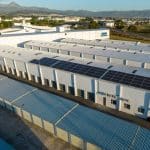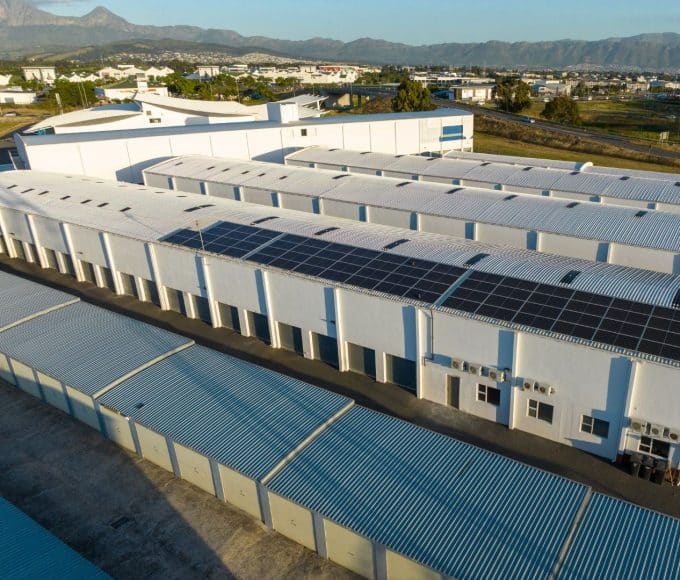Adding more electric forklifts to your fleet can help your business maximize efficiency, lower carbon emissions, and enhance productivity. However, selecting the right forklifts and integrating new trucks into existing workflows poses significant challenges. Make implementation seamless with these tips for expanding your electric forklift fleet.
Assess Your Requirements
Understanding your operation’s unique demands will help you make the right decisions when optimizing your fleet. Conduct a comprehensive assessment of your current and future operational needs. Consider factors such as the size of your warehouse, the type and volume of goods handled, and the specific tasks your forklifts will encounter. This evaluation will help pinpoint the exact models and number of forklifts required to achieve your operational goals without overextending your budget.
When researching possible trucks, compare several key features, including battery life, load capacity, maneuverability, and maintenance requirements. Engage with reputable manufacturers or suppliers who offer a range of models and can provide detailed product specifications and comparisons.

Invest in Quality Lift Trucks
When shopping for more trucks, you may feel tempted to focus solely on upfront cost savings. However, high-quality electric forklifts represent an investment in your operation’s future, delivering consistent performance and reliability that translate into minimal downtime.
Reputable brands come with the promise of after-sales support and access to parts, guaranteeing the best maintenance for your equipment. Quality equipment and dependable support help your forklifts operate as valuable assets rather than ongoing liabilities.
To find the best truck for your business, evaluate the manufacturer’s track record, focusing on the company’s history of reliability and customer satisfaction. Additionally, choose brands that offer comprehensive warranties and responsive customer service for support throughout the truck’s lifecycle.
Ensure Adequate Charging Infrastructure
When expanding your electric forklift fleet, update and enlarge your charging infrastructure to prevent bottlenecks during shift changes and maintain a steady workflow. Your business should increase the number of charging stations to accommodate the additional vehicles. Consider integrating fast-charging technology and smart charging systems to reduce charging times and prioritize charging during off-peak electricity rate periods.
You should also evaluate whether you’ll require new batteries. Purchasing new batteries that meet your new forklift’s specifications can optimize its lifespan and the life of the battery. One of the key things to know about shipping a forklift battery is that you should typically use a wet forklift battery within 90 days of packaging. If you will use that battery after that deadline, you’ll need the supplier to ship a dry forklift battery.
Investing in more electric forklifts empowers your business to move goods faster, reduce manual labor, and accommodate larger inventories or increased production volumes. By carefully assessing operational needs, investing in high-quality lift trucks with the latest technology, and ensuring your infrastructure supports efficient charging, your business can achieve enhanced productivity and reliability.
The loading docks can quickly become a flurry of chaos for businesses that take in and ship out trucks filled with goods and products. The employees work on processing new deliveries or exporting the business’s goods. Someone could end up hurt between oversights amidst the chaos and the inevitability of human error. Here are some Ways To Improve Safety in Loading Dock Facilities















